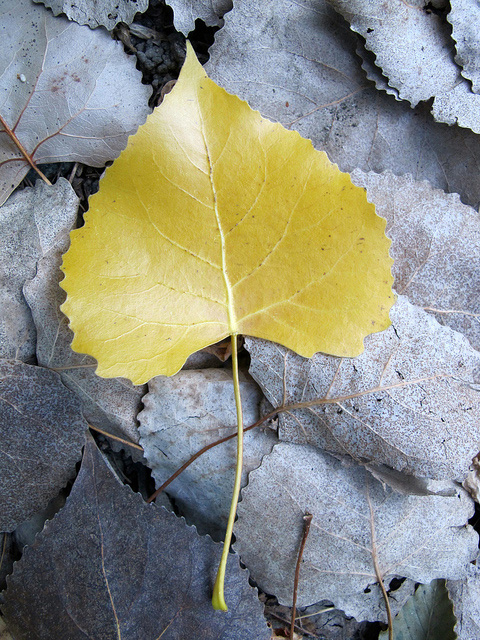cottonwood tree leaf drop
Another way to stop cottonwood trees from producing cotton is to prune them back. Cottonwood trees normally shed their leaves in fall when the temperature drops below 45 to 50.
Here are 5 facts you may or may not know about this yearly occurrence.

. Leaf rusts and spot diseases commonly infect cottonwood trees with fungi that leave yellowish markings on the leaves. Cottonwood tree leaf drop Monday March 7 2022 Edit. It is caused by heat and low humidities combined with a lack of rainfall.
Daily it drops as many as 100 leafy branch ends. Its a survival mechanism. Leaf buds appear on cottonwood trees in the late winter or early spring.
Ball of dropped branches Take a look at the bottom of the fallen pencil sized branches underneath the tree. Keep the tree moist and keep the rake handy. The leaf drop is from one very large limb about two feet in diameter extending from the main trunk with no apparent damage anywhere along the.
Infected leaves can drop prematurely but may not cause long-term damage to the. Fortunately cladoptosis is a naturally occurring twig drop common to many tree species including cottonwood. This will help keep the tree healthy and able to produce cotton.
This phenomenon is known as cladoptosis one of those osis words that strikes fear into the hearts of many. The parachute-like white fluff from trees is just fruit capsules with seeds of the cottonwood tree. Cottonwood trees tend to produce numerous leaves in the spring to maximize photosynthesis and food production but they have a survival mechanism to drop surplus leaves as the heat and dry weather.
Try watering your cottonwood around its base up to five feet away from the trunk. Therefore I would not worry about early leaf drop. Extensive roots reach additional water sources.
And lastly spray herbicide around the uncovered bark. Cottonwood trees tend to produce numerous leaves in the spring to maximize photosynthesis and food production but they have a survival mechanism to drop surplus leaves as the heat and dry weather. This condition can be called drought dormancy.
The air becomes redolent with the scent of bud scale resin. Finally you can install an irrigation system to help with watering. The sap that you are describing is probably wetwood slime flux.
Cottonwood trees tend to produce numerous leaves in the spring to maximize photosynthesis and food production but they have a survival mechanism to drop surplus leaves as the heat and dry weather. Adding 1 quart100 gal spray mix of nonionic surfactant enhances control of emerged weeds. The tree is approximately 30 years old and appears to be very healthy.
The wall of summer heat is quite a shock to it and thats when the leaf drop begins. The parachute-like white fluff from trees is just fruit capsules with seeds of the cottonwood tree. Leaves appear then later in the spring the seeds ripen and.
In this method around the cottonwood tree peel off a 3-4 inches wide ring of bark. The life expectancy of. This may kickstart a late spring growth that will help revive your tree.
A towering native a cottonwood tree soars and spreads growing more than 100 feet tall and almost as wide. It also thrives in floodplains and dry riverbeds where infrequent rains transform dry land into waterways. It is watered twice per week on our property.
All Allergy 1998 surprisingly these trees have a relatively short life cycle living only 50 years at the most so they are. In the wild cottonwood grows along rivers ponds and other bodies of water. Cottonwood trees are one of the first trees to shed their leaves -- often occurring in late summer.
Then around the trees circumference cut 2 cuts in the bark using a chainsaw and the cuts should be 4-8 apart. Most of the droppings are 6 to a foot long with healthy leaves. Fortunately cladoptosis is a naturally occurring twig drop common to many tree species including cottonwood.
Your cottonwood may also be nearing the end of its natural life. Its a cherished shade tree often planted in parks. Plants will lose their leaves to compensate for lack of water especially when very high temperatures are involved.
Fast Growing Tree That Doesnt Live Long - Cottonwoods are the fastest growing native-trees in North America and can reach 150 feet in height. Its a cherished shade tree often planted in parks. After that use a hatchet to discard the ring of bark that is in between of the 2 cuts.
The tree puts all that new growth on during the cool moist days of spring. Pruning them back will remove some of the branches that are producing cotton and it will also reduce their size. Aspen Cottonwood Leaf Diseases Not Lethal To Trees But Could Impact Fall Colors Colorado State Forest Service Cottonwood Tree Facts How Fast Does A Cottonwood Tree Grow Cottonwood.
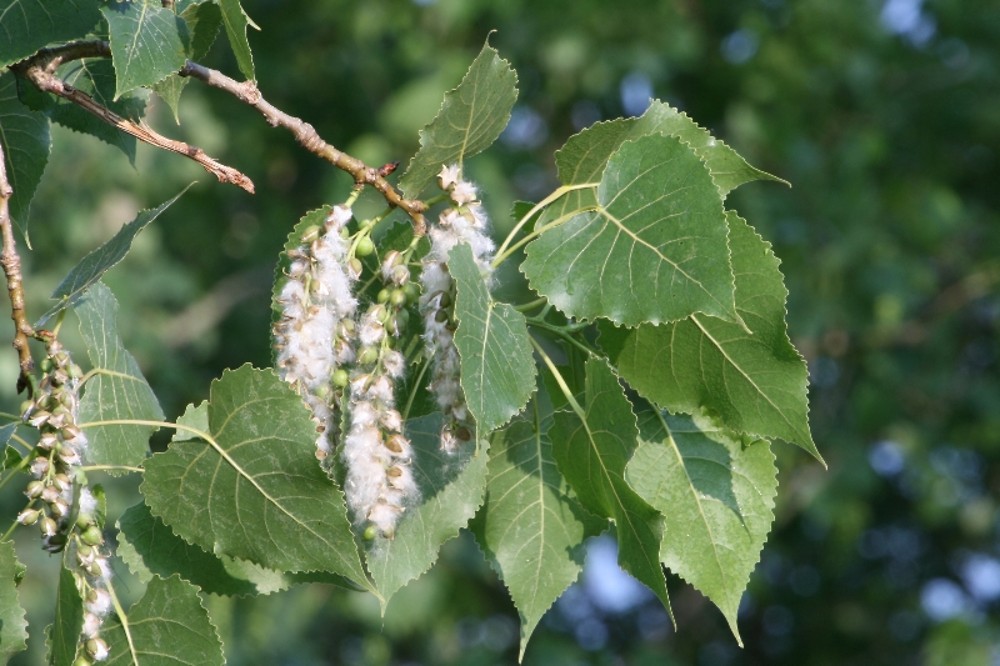
Populus Deltoides Eastern Cottonwood Necklace Poplar Go Botany

191 Cottonwood Tree Seeds Stock Photos Pictures Royalty Free Images Istock

Door To Nature Eastern Cottonwood Tree Door County Pulse

Eastern Cottonwood Sibley Nature Center
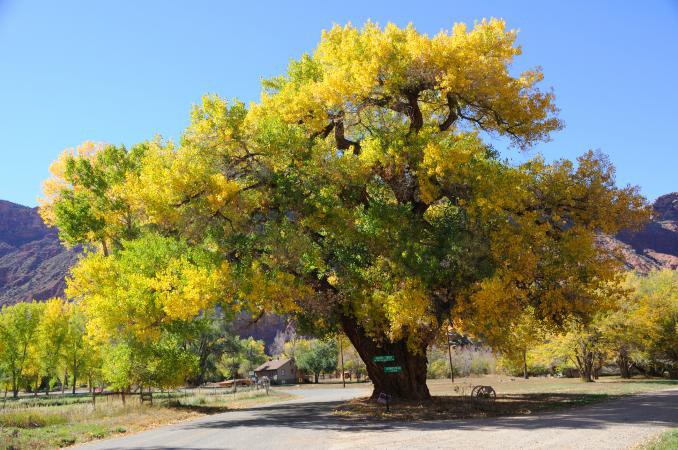
Silver Poplar Cottonwoods Tree Care Ross Tree Company Denver
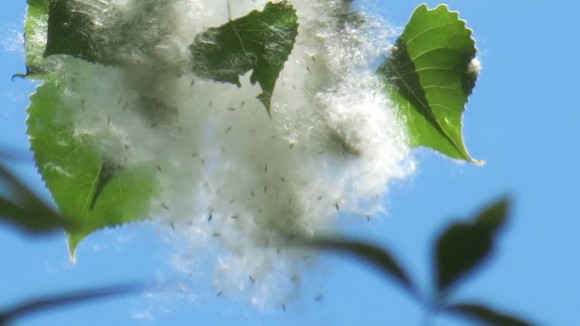
Cottonwood Trees And The Snows Of June Earth Earthsky
Cottonwood Leaf Dropping 575111 Ask Extension
Cottonwood Seeds The Washington Post
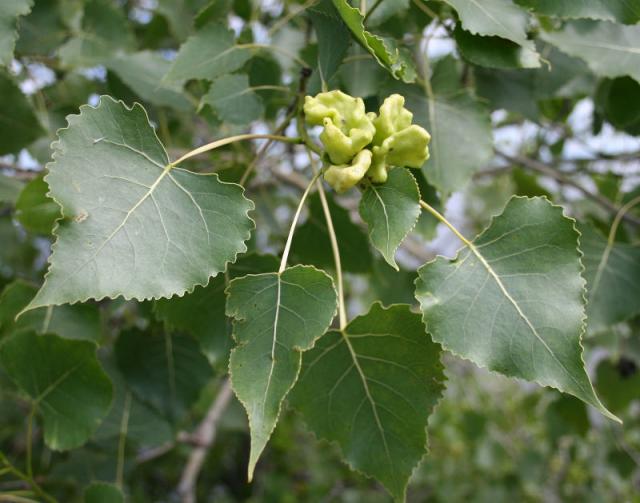
Populus Deltoides Eastern Cottonwood Salicaceae
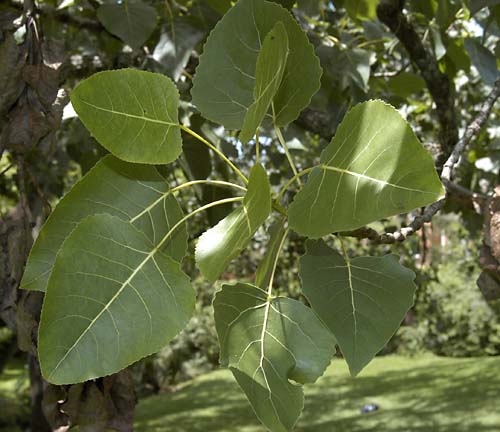
Populus Deltoides Eastern Cottonwood Salicaceae

Kansas State Tree Cottonwood Tree

Eastern Cottonwood Purdue Fort Wayne

Eastern Cottonwood Sibley Nature Center

Narrowleaf Cottonwood Populus Angustifolia Aka Willow Leaved Poplar Lam Tree Service
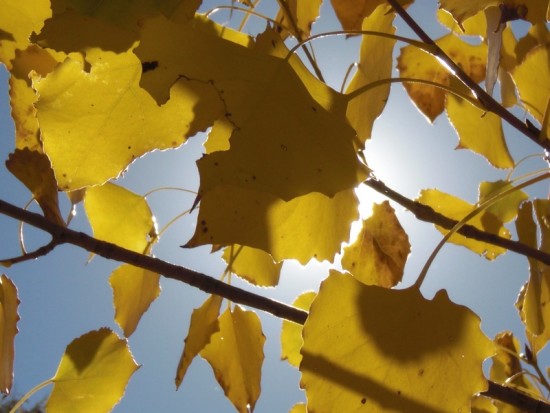
Cottonwood Trees And The Snows Of June Earth Earthsky

Autumn Leaf Drop Is A Living Process The Power Of Plants
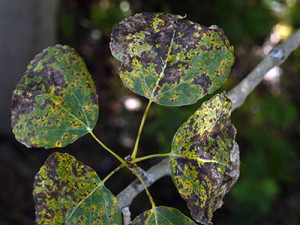
Aspen Cottonwood Leaf Diseases Not Lethal To Trees But Could Impact Fall Colors Colorado State Forest Service
